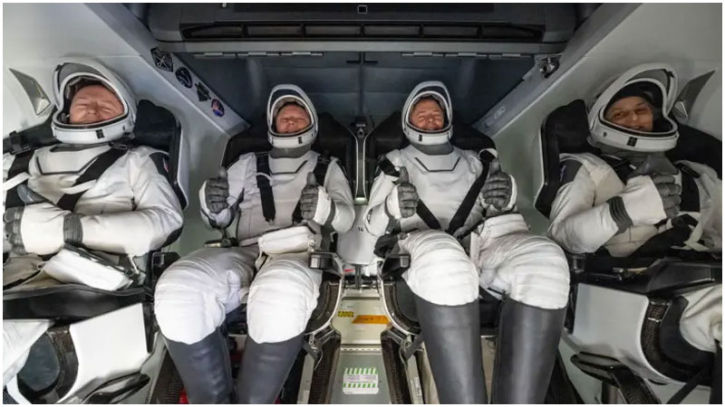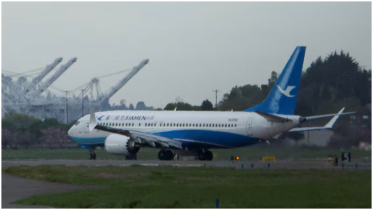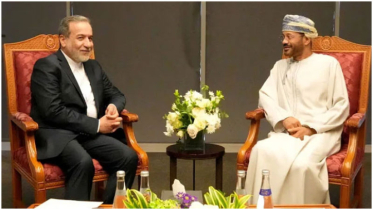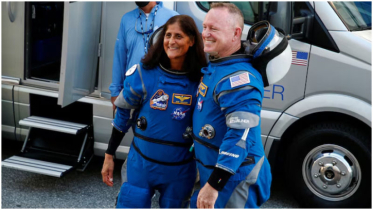Astronauts Sunita-Wilmore return to Earth after 9 months

After spending an arduous nine months in space, NASA astronauts Sunita Williams and Barry 'Butch' Wilmore have safely returned to Earth, marking the end of a prolonged and unplanned stay aboard the International Space Station (ISS).
The SpaceX Crew Dragon capsule carrying Williams, Wilmore along with astronaut Nick Hague, and Russian cosmonaut Alexander Gorbunov returned home with a gentle, on-target splashdown off Florida's Gulf Coast near Tallahassee at around 3:30 am (IST), 17 hours after undocking from the ISS.
Originally planned as a routine eight-day mission, their journey extended unexpectedly due to technical malfunctions that prevented their spacecraft from making a safe return.
NASA officials confirmed their safe recovery shortly after touchdown, hailing their resilience and adaptability during the mission’s unexpected extension.
"Splashdown! Good mains release," astronaut Hague radioed SpaceX flight controllers in Hawthorne, California, after the four main parachutes were released from the Dragon.
"What a ride," Hague said. "I see a capsule full of grins, ear to ear."
A SpaceX recovery ship was positioned nearby to retrieve the spacecraft, allowing the crew to be assisted out of the Dragon's cabin and placed onto stretchers for initial medical evaluations. After the Dragon's side hatch was opened, the crew began emerging into the fresh air and sunlight. Williams and Wilmore were the last to exit.
Why were Williams, Wilmore stranded?
Williams, a veteran astronaut, and Wilmore, a former US Navy pilot, were part of Boeing’s Starliner mission, designed to test a new crew transport vehicle.
However, unexpected propulsion system failures and docking complications left the duo stranded, forcing Nasa and Boeing engineers to work tirelessly on a solution. While challenging, their prolonged stay in space contributed significantly to ongoing research on extended human habitation in microgravity.
The return journey
The return journey, delayed multiple times due to safety concerns, finally commenced after a meticulous assessment of the spacecraft’s systems.
The SpaceX Crew Dragon capsule carrying Williams and Wilmore successfully undocked from the ISS on March 18, and after a 17-hour journey, it re-entered Earth’s atmosphere, parachuting to a smooth landing off the coast of Florida.
What did Williams, Wilmore do during their extended mission?
During their unexpectedly prolonged stay, the astronauts continued critical research aboard the ISS, conducting experiments in:
• Plant water management
• Vegetable production systems
• Space medicine
• Robotics
• Life-support systems
They also played a crucial role in maintaining the station, assisting fellow crew members with daily operations and troubleshooting technical issues. Their experiences provided valuable insights into the challenges of long-duration missions, an essential component of Nasa’s future deep-space exploration plans.
What happens next?
Now that they have returned, the astronauts are under medical observation and recovery. Following health evaluations, they will reunite with their families, enjoying the comforts of gravity, fresh air, and home.
.png)




